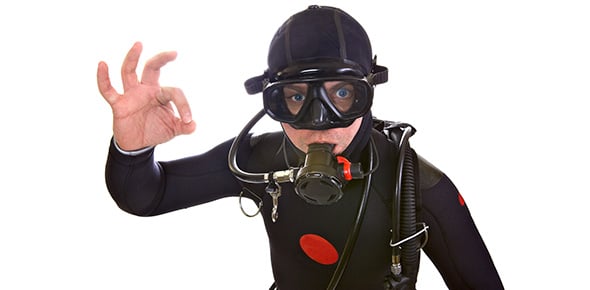Laurie's Excellent Scuba Certification Quiz #1
- PADI
- SSI
2.
You may optionally provide this to label your report, leaderboard, or certificate.
×
Thank you for your feedback!
















